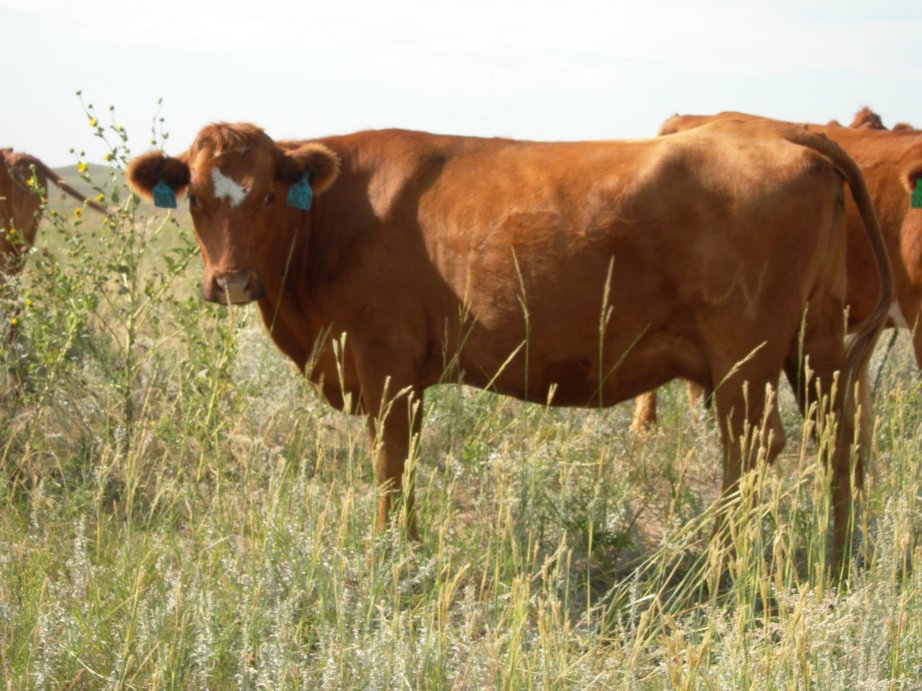
by Richard F. Randle, DVM, UNL Extension Beef Cattle Veterinarian
Grass tetany, sometimes called grass staggers or hypomagnesaemia, is a metabolic disorder of cattle related to a deficiency of magnesium (Mg). Early lactation cows are the most susceptible, with older cows considered more susceptible than those with their first or second calves.
Grass tetany usually occurs in the spring and is typically seen in early lactation cows grazing cool-season grasses during cool, cloudy, and rainy weather and often occurs when cool weather is followed by a warm period. Rapidly growing, lush grasses create the greatest problem. Grass tetany has occurred on a wide range of cool-season grass and small grain pastures. The greatest risk for grass tetany is when pasture soils are low in available magnesium, high in available potassium, and high in nitrogen. High rates of nitrogen and potassium fertilizer are sometimes associated with increased tetany problems. Suspect forages should be analyzed. Forages containing less than 0.2 percent magnesium, more than 3 percent potassium, and more than 4 percent nitrogen (25 percent crude protein) are likely candidates to create grass tetany problems.
Dietary imbalances also affect susceptibility to grass tetany. Studies have shown that inadequate salt intake may increase susceptibility to grass tetany. Consumption of salt and magnesium simultaneously may be critical to increasing magnesium absorption. Also, feeding high levels of potassium result in reduced magnesium absorption.
Unfortunately, in many cases of grass tetany, symptoms are not noted and the only evidence is a dead cow. In mild cases, milk yield is decreased, and the animal is nervous. These signs indicate the need for preventive measures. Animals affected by acute grass tetany may suddenly stop grazing, appear uncomfortable, and show unusual signs of alertness, such as staring and keeping their heads and ears in an erect position. Cows may also stagger, have twitching skin (especially on the face, ears, and flanks), and lie down and get up frequently. Once cows get to this point, they are easily excited and any stimulation may lead to startling reactions, such as continuous bellowing or running. A staggered gait pattern typically develops followed by collapse, stiffening of muscles, and violent jerking convulsions with the head pulled back. Animals often lie flat on one side with periodic foreleg paddling, twitching of the eyes and ears, and a chewing motion that produces froth around the mouth. Animals usually die during or after a convulsion unless treatment is given.
To prevent grass tetany, animals should be fed a high Mg supplement or free-choice mineral (containing 8 to 12 percent Mg). Magnesium may be added to a protein supplement, grain mix, silage or liquid supplement. The cow's Mg requirement for maintenance and lactation typically would be from 13 to 15 grams per day, but can be as high as 36 mg in unique situations. Magnesium oxide is the primary source of Mg in mineral supplements and it is unpalatable, which results in low mineral intake. For this reason, something needs to be added to the mineral mix to increase palatability, such as corn, soybean meal, or molasses. Magnesium sulfate is also a good source of Mg and is more palatable. The best recommendation is to feed a more moderate amount of Mg on an ongoing basis (include 2.5 to 3.5 percent Mg) as a preventative.
For more UNL Beef information go to http://beef.unl.edu